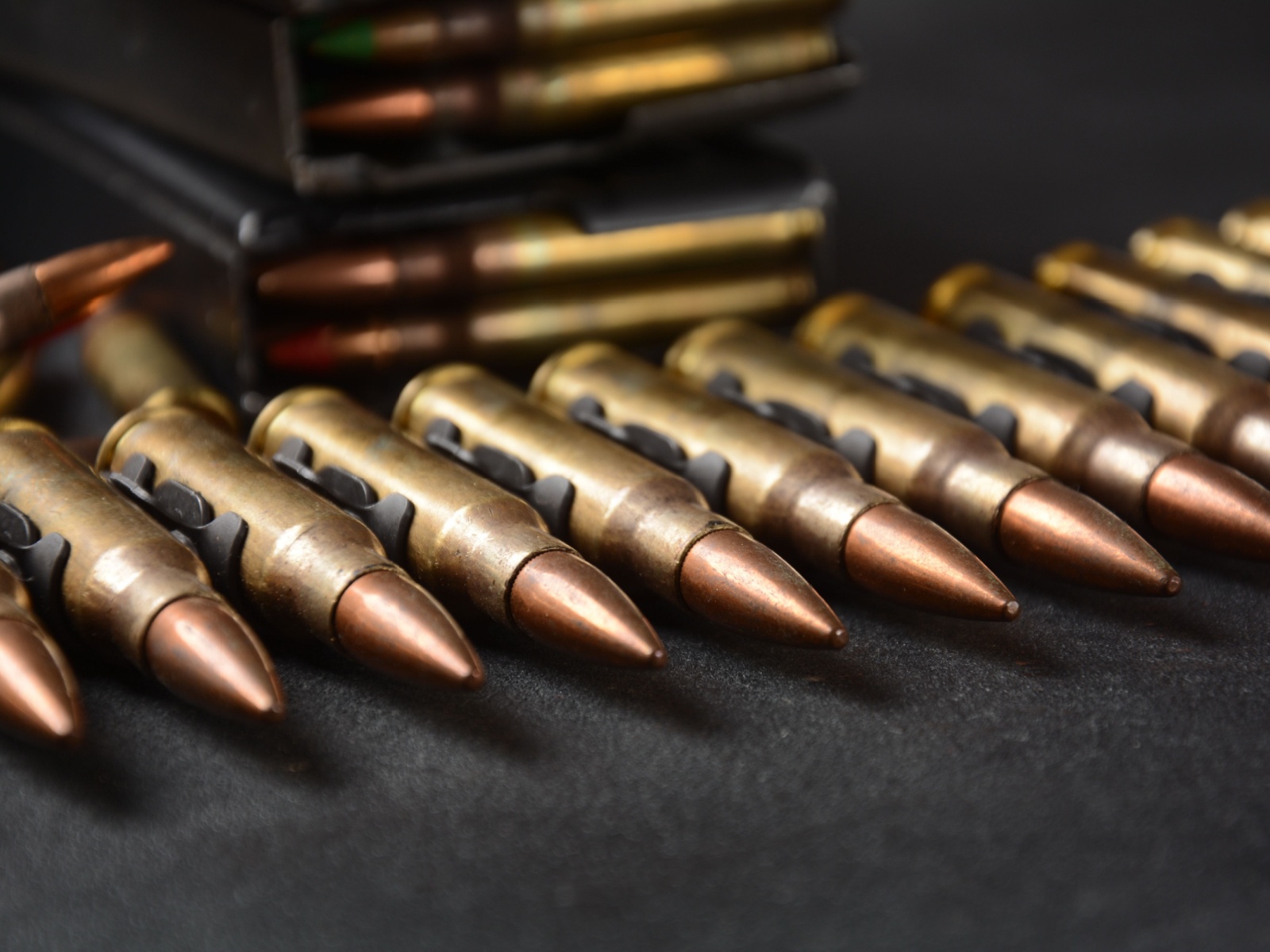ASTM E3131 Ordnance Material Thermal Shock Test
The ASTM E3131 standard specifies a procedure to evaluate the resistance of ordnance materials, particularly structural metals used in ammunition and weapons systems, to thermal shock. This test is critical for ensuring that materials can withstand extreme temperature changes without failure during operational conditions.
The process involves exposing specimens to rapid temperature cycling between high and low temperatures. This simulation replicates the environmental stresses encountered by ordnance materials when they are subjected to varying temperature environments during transport, storage, and use. The test helps identify any potential weaknesses or defects in the material that could lead to failure under operational conditions.
Materials like steel, aluminum alloys, titanium, and composite materials used in ammunition and weapons systems are often exposed to extreme thermal gradients. ASTM E3131 provides a standardized method for assessing how these materials perform under such conditions. By adhering to this standard, manufacturers can ensure that their products meet the stringent requirements set by military specifications.
The test setup typically involves placing the specimen in a chamber where it is subjected to predefined temperature cycles. The rate of change and range of temperatures are critical parameters that define the thermal shock stress experienced by the material. This ensures that the testing conditions accurately reflect real-world scenarios, thereby enhancing the reliability and performance of ordnance materials.
Preparation of the test specimen is crucial for obtaining accurate results. Specimens must be representative of the actual component or structure being evaluated. They should have dimensions and surface finishes similar to those used in production. Proper preparation ensures that any observed failures are due to intrinsic material properties rather than improper sample handling.
The ASTM E3131 procedure involves precise control over temperature transitions, often involving a rapid cooling from high temperatures to low ones or vice versa within a short period. This can range from minutes to hours depending on the specific requirements of the test and the materials being evaluated. The rate at which these changes occur plays a significant role in determining the thermal shock experienced by the material.
After each temperature cycle, the specimen is inspected for signs of damage such as cracks, delamination, or other forms of degradation. If the specimen passes all inspection criteria after multiple cycles, it is considered suitable for use under the specified conditions. Failure modes are documented and analyzed to determine their root causes, which can provide valuable insights into material selection and processing.
The ASTM E3131 test is not just a compliance exercise but also an important tool in product development. Engineers use this information to refine materials and manufacturing processes, ensuring that new designs meet both performance expectations and stringent military specifications.
- Materials tested: Structural metals used in ammunition and weapons systems
- Temperature range: Typically -50°C to +125°C or as specified by the test protocol
- Rate of temperature change: Can vary widely depending on the specific requirements
- Instrumentation required: Temperature-controlled chamber, data acquisition system for monitoring and recording temperature cycles
Why It Matters
The durability and reliability of ordnance materials are paramount in ensuring operational readiness and safety. ASTM E3131 provides a robust framework for evaluating how these materials respond to thermal shock, which is a common environmental stress encountered during transportation and deployment.
Failure due to thermal shock can have serious consequences, including equipment malfunctions or catastrophic failures that could endanger personnel and mission success. By conducting this test, manufacturers can identify potential weaknesses early in the development process, allowing for corrective actions before production begins.
The test results are also crucial for compliance with military standards such as MIL-STD-810H. Meeting these requirements ensures that materials used in defense applications meet the highest quality and reliability benchmarks. This is particularly important given the critical nature of ordnance systems, where even minor defects could lead to significant operational issues.
Furthermore, ASTM E3131 helps in optimizing material selection and processing techniques. Engineers can use the test results to fine-tune their processes, ensuring that materials not only meet but exceed performance expectations. This iterative approach enhances both the efficiency of manufacturing operations and the overall quality of end products.
Why Choose This Test
The ASTM E3131 Thermal Shock Test is essential for manufacturers looking to ensure the durability, reliability, and safety of their ordnance materials. Here are several reasons why this test is a preferred choice:
Quality and Reliability Assurance
The ASTM E3131 Thermal Shock Test plays a pivotal role in ensuring the quality and reliability of ordnance materials. Here are some key aspects of this test that contribute to these qualities:
- Material Integrity Preservation: The test helps ensure that materials remain structurally sound even under extreme thermal conditions.
- Performance Consistency: By simulating real-world environmental stresses, the test ensures consistent performance across all batches of material.
- Failure Mode Analysis: Identifying potential failure modes allows for targeted improvements in both materials and manufacturing processes.
- Compliance with Standards: Meeting ASTM E3131 requirements ensures compliance with military standards such as MIL-STD-810H, enhancing confidence in the product's reliability.
The test also supports continuous improvement by providing data that can be used to refine manufacturing processes and material selection. This iterative approach not only enhances current products but also sets a benchmark for future innovations.





